How to plant a pear?
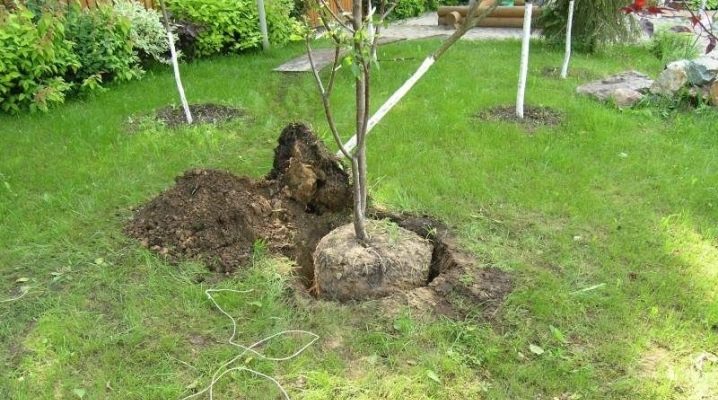
Pears are versatile fruit trees that can be grown in almost any region of the country. Even a novice gardener can plant them on his site. The main thing is to follow simple advice.

Landing dates
You can plant pears both in spring and summer and in autumn. Everyone chooses the most suitable landing time for themselves.
In the spring
In the colder regions of the country, most gardeners prefer to plant pears in their area immediately after the end of winter. Spring planting begins after the snow melts. The soil at this time should already be well warmed up.
In the Moscow region, the Leningrad region, Siberia and in central Russia, young seedlings are planted in early April. In regions with a warmer climate, planting seedlings in open ground should be completed before the end of March. In general, you need to focus on the weather conditions in a particular year. After all, from time to time they can change.
When planting pears on a plot in the spring, it is worth remembering that they need special care. Indeed, at this time they have to spend energy not only on rooting, but also on building up young foliage.
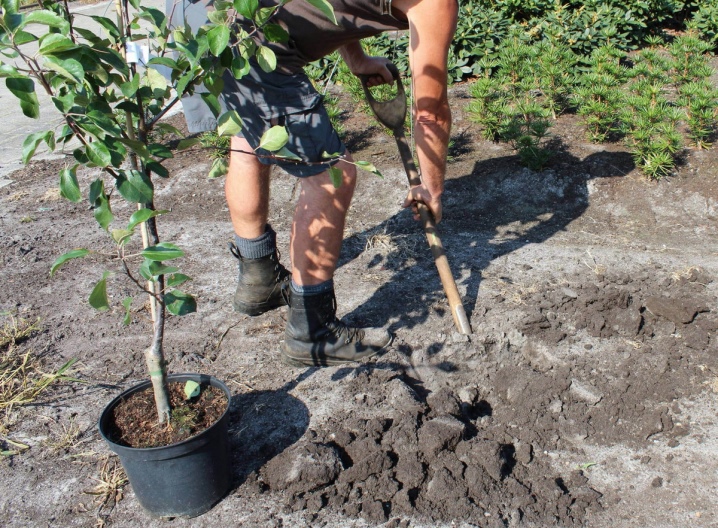
Summer
As a rule, planting operations are not carried out in summer. Only young seedlings, which are sold in containers, can be planted on your site at this time. Rooting of such plants does not require special conditions.
You can plant young seedlings of pears both at the beginning of summer and at the end. But experts recommend doing this in August. In this case, the plants take root very quickly on the site.
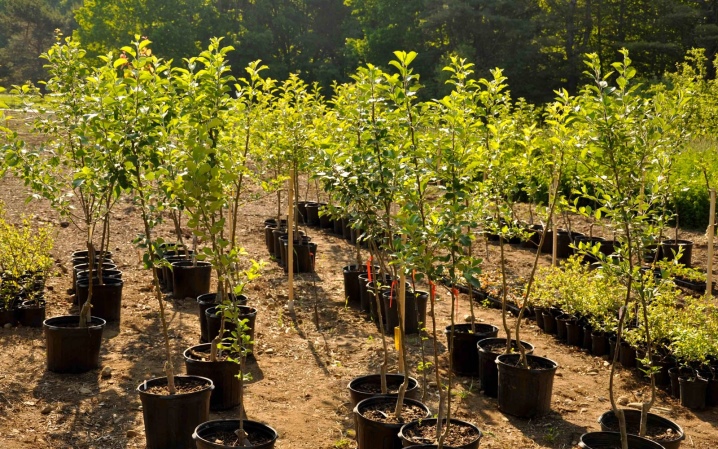
In autumn
Having decided to plant a pear in the fall, all basic procedures are best carried out from September to mid-October. At this time, the weather on the site is still warm. Therefore, the plants have time to take root before the first frost.
Planting seedlings in the autumn period has several advantages at once.
- In winter, the plants are dormant. Therefore, they do not have to waste nutrients for growth, recovery or sap flow. After the autumn planting, the plant spends all its energy on rooting, as well as on building up the root system.
- In the spring, immediately after the onset of heat, the plants planted in mid-autumn immediately grow.
- Having planted trees on the site in the fall, in the spring you can save a lot of time. This is convenient, because the remaining time can be spent on other work.
- It is in autumn that nurseries offer a large selection of seedlings. They are sold at this time at low prices.
If autumn turned out to be rainy, it is worth postponing the planting of pears until spring.
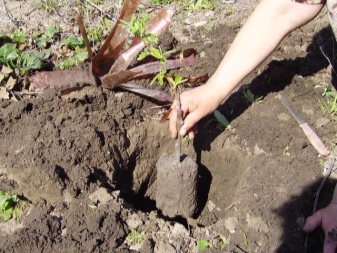
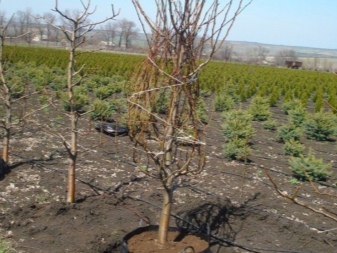
Selection and preparation of a seedling
In order for the plants on the site to bear fruit well, it is important to choose a good seedling. It is recommended to buy in proven nurseries. Preference should be given to plants aged 1 to 2 years. They take root well and grow quickly.
All seedlings must be carefully examined. They must be healthy and free from visible signs of damage. Particular attention should be paid to the root system. It should be well developed and intact. When buying a grafted pear, you should pay attention to the lower part of the trunk. There is a small seal there. This is the vaccination area. It should be slightly curved and without visible bark detachment. Grafted plants are better at resisting disease and doing well in all conditions.
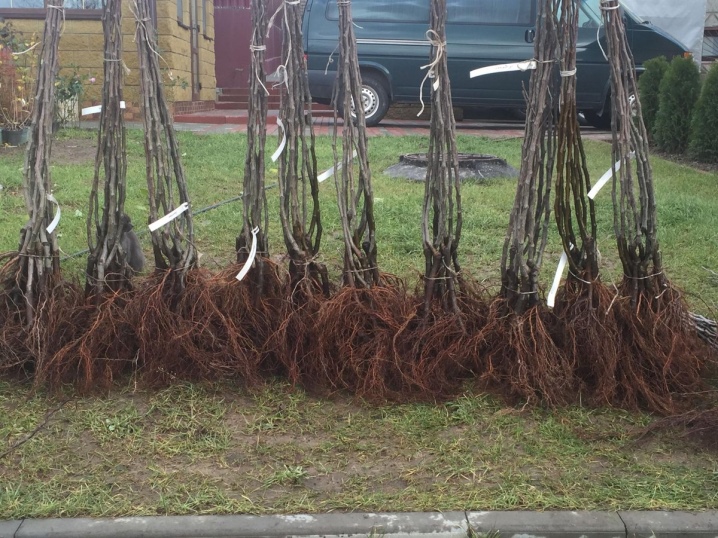
Choosing a good seedling is not enough.It must also be properly stored prior to disembarkation. This is especially important if the seedling was purchased in the fall, and planting is planned in the spring. There are several ways to save it.
-
Prikop... On the territory of the site, you need to choose a cozy place. It must be well protected from snow and wind. You need to dig a small long hole in the soil. The seedling must be cleaned of dry branches, as well as small leaves. Some gardeners additionally treat plants with "Fundazol". After that, the seedlings fit into long holes. From above, the plants are sprinkled with earth, and then watered with a small amount of water. Further, a small mound forms on the surface of the earth. If the winters in the region are cold, the site should be additionally covered with agrofibre or spruce branches. To protect the area from small rodents, you can use a metal or plastic mesh. In spring, plants can be safely dug up and planted in prepared pits.

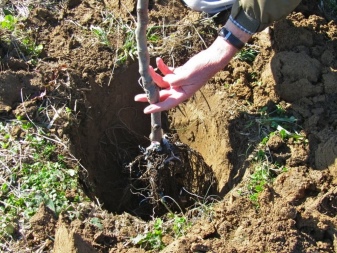
- Snowing... If winter starts too early, young seedlings are buried in the snow. Even a novice gardener can do this. The first step is to protect the roots. Moss or sawdust must be poured with boiling water. After that, the product should cool down well. The harvested material must be wrapped around the roots of the plant. Further, the moss must be additionally covered with foil. Particular attention should be paid to the root collar. The plants prepared in this way must be taken out into the garden, and then sprinkled with a thick layer of snow. With the arrival of spring, the seedlings are dug up, cleaned of sawdust, and then soaked in any selected biostimulator.

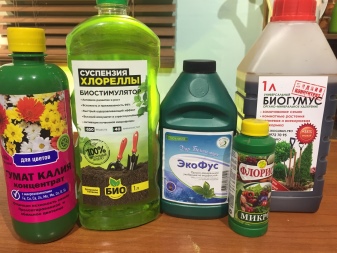
- Basement storage. This is the most convenient way to keep plants until spring. The seedlings are pre-soaked in water and then treated with a chemical. Their roots are also covered with dry sawdust and packed in polyethylene. The edges are neatly tied. In this form, the seedlings are taken out to the basement. You can protect pears from rodents by spreading baits next to the seedlings. In winter, the roots should be examined regularly. If they start to dry out, they should be sprayed with water.
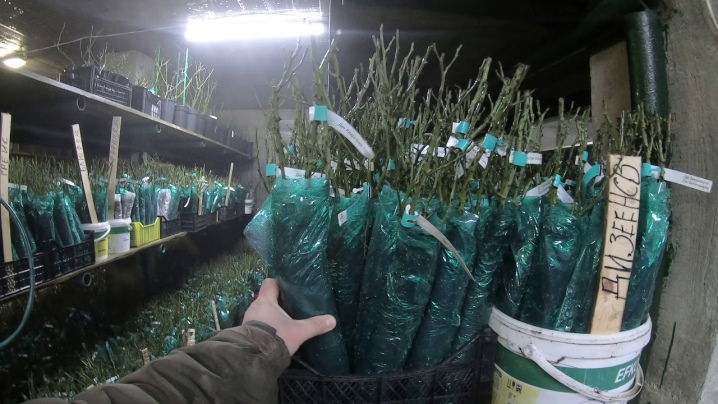
If the plant is planned to be planted immediately after purchase, its roots only need to be wrapped with a damp cloth. In this form, it can be transported to a new site.
Optimal conditions
It is very important to find the right place for planting the pear. When choosing a suitable site, it is worth paying attention to a number of points.
- Access to the sun. For a pear to bear fruit well, it must grow in a sunny area. In the shade, this light-loving plant develops poorly and slowly. Over time, its crown becomes rare, and the fruits are tasteless. It is also worth noting that the culture does not like strong winds. Therefore, the young seedling must be well protected from the wind.
- Plot size. It is best to grow a pear in a spacious area. The distance between it and other garden trees should be within a few meters.
- The soil... The tree is not too demanding on the soil. It should be remembered that it does not tolerate an acidic environment well. Therefore, it is recommended to lime the soil before planting seedlings. It is also important that the groundwater is at the correct depth. Otherwise, plant roots may start to rot.
- Neighborhood... How rich the harvest will be depends on which trees grow next to pears. Plants such as maple, apple, oak and black poplar are considered the best neighbors for pears. It is not recommended to plant conifers, nuts, juniper or mountain ash next to this fruit tree. You should not plant a pear near a sweet cherry. In this case, it is the pear that will suffer.
It is also important that gardeners always have access to young trees. In this case, it will be very easy to care for them, as well as to harvest.
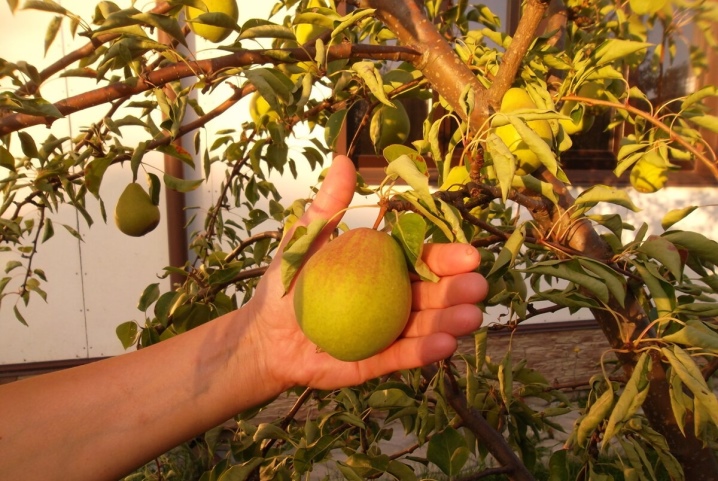
Planting pit preparation
Having chosen a suitable place for planting pears, you need to prepare a pit for young seedlings. It is recommended to carry out preparatory work 10-12 days before planting pears.During this time, the earth will have time to settle. Therefore, the plants in the soil will do well.
First, the site must be cleared of weeds, and then it is good to dig it up. After that, you can start preparing the pit. If the pear will be planted on the site in the spring, the procedure should be carried out in the fall. This should be done even before frost. For autumn planting, the pit is prepared 2-3 weeks before the event.
When digging holes, you need to consider what the distance between the trees should be. It is best to think over the scheme in advance. Mature trees can grow up to 20-30 meters in height. So that their crowns do not interfere with each other, the distance between the trees should be large enough.
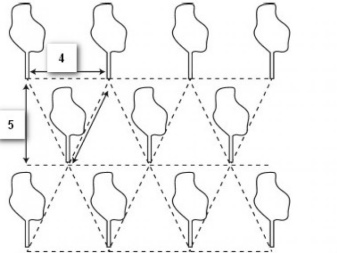
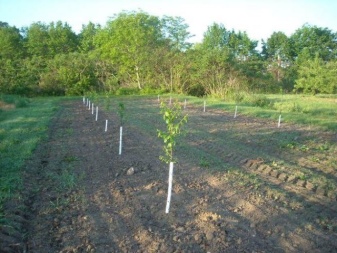
Low-growing pears are planted at a distance of 5 meters from each other, dwarf pears - at a distance of 3 meters.
The gap between the columnar pears must be at least two meters. If the crown of the tree is large, the distance between the trees should be at least 7 m. The dimensions of the pit itself must also be taken into account. Its average depth is 1 meter, diameter is 75-80 cm.
Having dug a suitable hole, its bottom must be carefully leveled. After that, rotted manure must be put there. On the recommendation of gardeners, it should be mixed with nitroammophos and wood ash. Next, the earth must be thoroughly mixed with the nutrient mixture. After that, the prepared hole must be carefully covered with soil. Fertilizers should not come into contact with the pear roots.
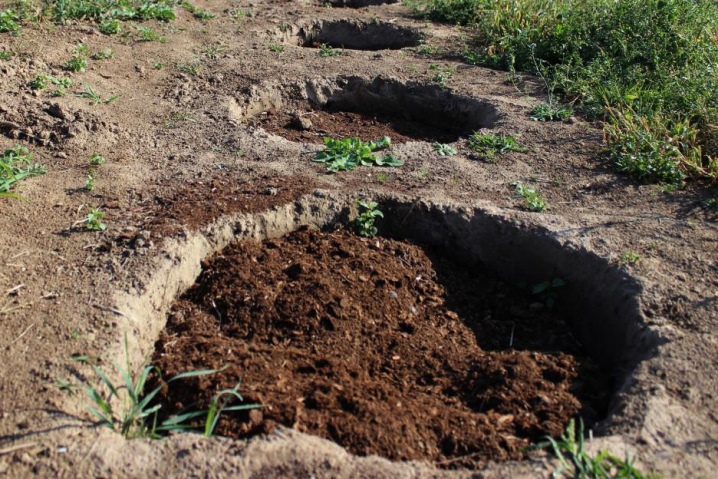
Planting work
The planting process for young pears consists of several main stages.
- First, you need to install a wooden stake in the pit. A young seedling will be attached to it. It is recommended to loosen the bottom of the pit. If desired, it can also be additionally sprinkled with a small amount of wood ash.
- Next, the young tree must be lowered into the hole. This must be done correctly, carefully spreading the roots. Gardeners recommend moistening the rhizome itself in a solution consisting of humus and clay.
- The seedling must be carefully tied with twine to the peg. After that, the roots of the plant must be sprinkled with fertile soil.
- The earth must be carefully tamped... It is very important not to sprinkle the root collar with soil. It should rise slightly above the ground.
- Next, a small hole should be formed around the tree. After that, the plant must be well watered.
- After the water is completely absorbed into the soil, the trunk circle must be carefully mulched.... This will help retain moisture in the soil and also protect the plant from weeds. For mulching, you can use sawdust, dry leaves, spruce branches collected in the forest or a peat mixture.
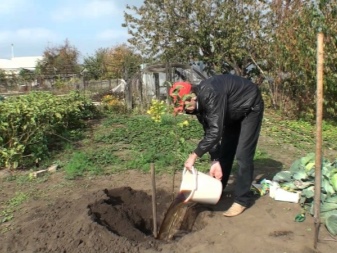

If seedlings purchased in containers are used for planting, they can be planted in a pit without a support. They will already be securely fixed in the ground.
After planting young seedlings, it is recommended to cover them with white material. In such conditions, they will be able to quickly adapt to the new terrain.
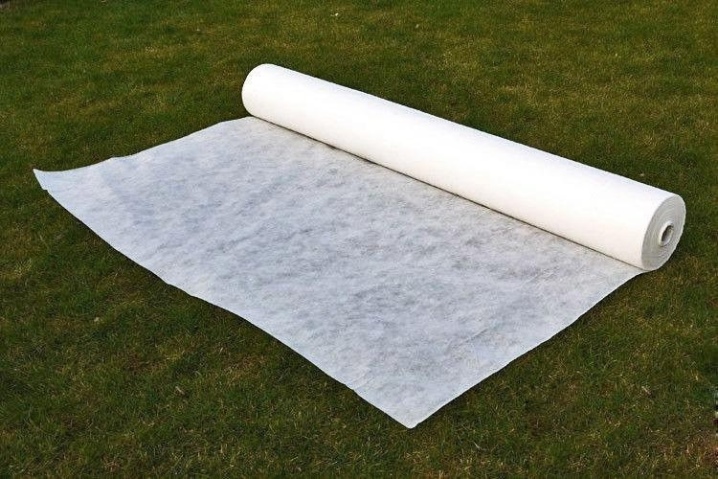
Further care
In order for the pear to quickly take root and grow, it also needs to be properly cared for after planting. It is worth paying attention to the following recommendations and secrets.
- Watering... Young seedlings, unlike adult trees, need watering. In the first 2-3 weeks after planting, the plants are not touched. In the future, the condition of the seedlings must be carefully monitored. If the soil in the near-trunk circle begins to dry out, 12-20 liters of water should be poured under each tree. In the future, it is recommended to reduce the number of waterings. The older the tree, the less often it is watered. Adult pears only moisturize during dry periods.
- Loosening... If the seedlings were planted in the fall, there is no need to loosen the soil next to the tree trunk. In the spring, the soil is carefully loosened after each watering. It is also very important to remove any weeds that appear near the tree. After all, they take up a large amount of nutrients. Because of this, plants do not develop as actively. During weeding, it is very important not to touch the plant roots.This can lead to the fact that the plant begins to dry out, and then completely die.
- Pruning... To achieve good fruiting, the crown of the pear must be pruned regularly. The first procedure is carried out one week after disembarkation. At this stage, both the trunk itself and the branches growing to the side are trimmed. If the pears were planted in the fall, this procedure is optional. Pruning in the fall will make the plant too weak. This can lead to the fact that it will not survive the winter cold.
- Top dressing... If the soil was well fertilized during planting, it will not be necessary to fertilize very soon in the future. Usually, the plants prefer to feed in the second year after planting. Nitrogen-containing top dressing is applied to the soil only in early spring and in small quantities.
- Planting siderata. In order for young seedlings to feel good, it is also recommended to plant green manure plants on the site. In the fall, they are usually mown at the root. The grass is used for mulching the trunk circle.
- Whitewash... Both mature and young trees need to be whitened regularly. This process helps to protect the trunk from the influence of scorching sunlight, as well as from various pests.
It is recommended to start whitewashing the trunks in early spring.
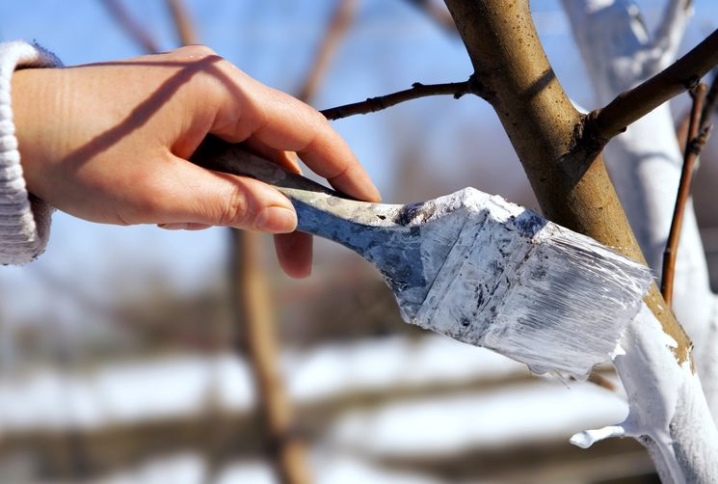
In general, it is quite easy to grow a pear tree or an entire garden. These plants are unpretentious and do not require special care. Therefore, it is enough to adhere to simple planting rules and take care of young seedlings after planting.
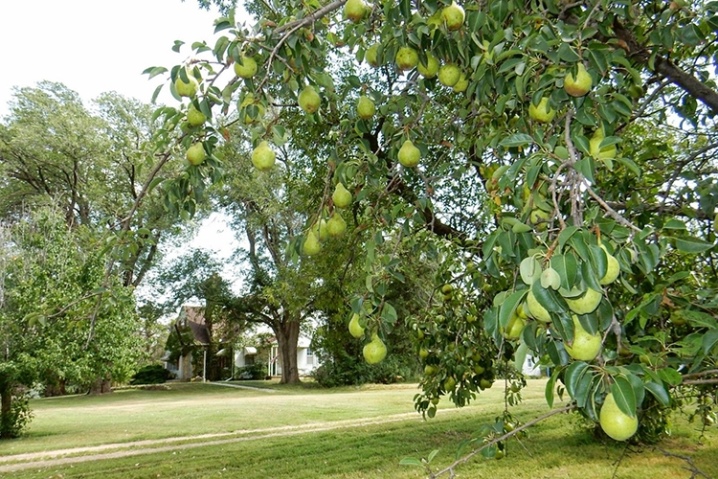









The comment was sent successfully.